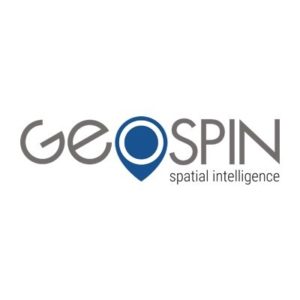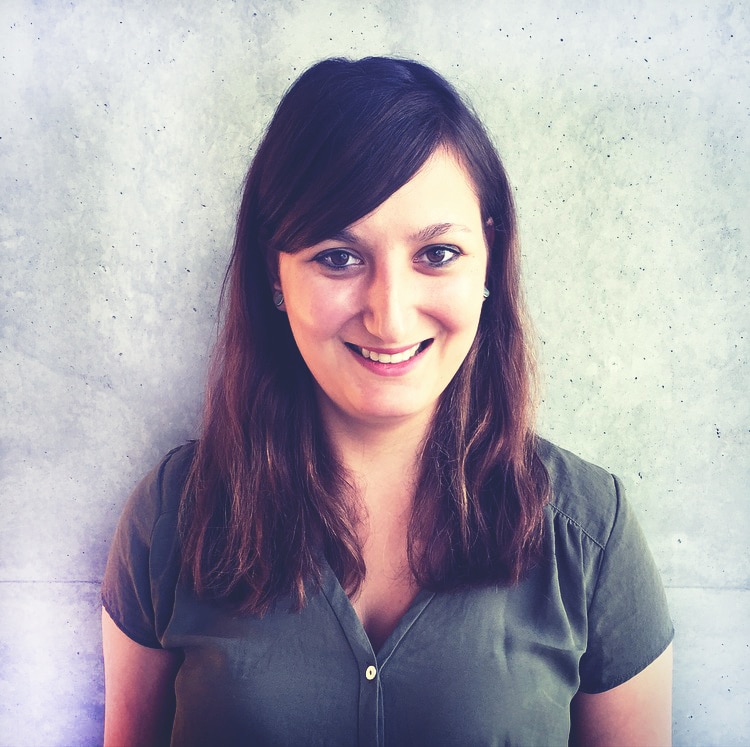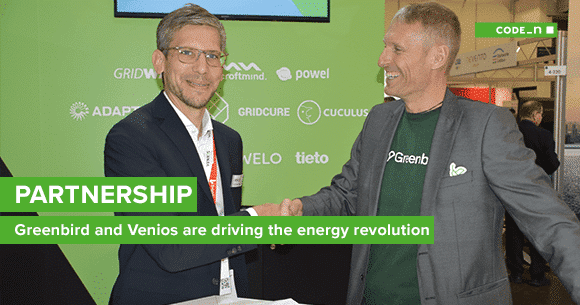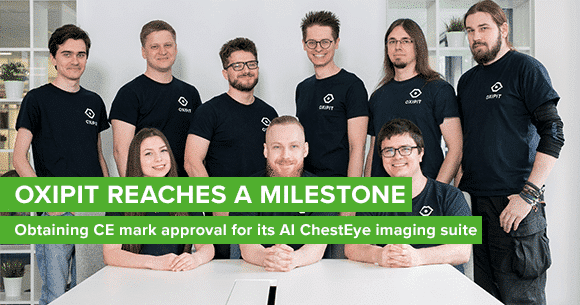Meet our CODE_n CONTEST Finalists 2016: Geospin from Germany
 From data editing and cleansing to data analysis and prediction – our CODE_n CONTEST finalist Geospin helps to exploit the full potential of geospatial data. No more need to rely on rough estimates and costly trial-and-error approaches. Selected for our Connected Mobility cluster, Geospin enables companies to profit from their own digital resources by enriching enterprise data with external sources to find the perfect locations for their service. Executive partner Dr. Sebastian Wagner answered all our questions:
From data editing and cleansing to data analysis and prediction – our CODE_n CONTEST finalist Geospin helps to exploit the full potential of geospatial data. No more need to rely on rough estimates and costly trial-and-error approaches. Selected for our Connected Mobility cluster, Geospin enables companies to profit from their own digital resources by enriching enterprise data with external sources to find the perfect locations for their service. Executive partner Dr. Sebastian Wagner answered all our questions:
What is Geospin all about? How did you come up with the idea?
Sebastian: Four of the five founders of Geospin have worked for the Chair of Information Systems at the University of Freiburg. Over the course of several research projects, we began to notice the disruptive potential of geospatial data analytics – and how little it is used in most companies. We decided to “fill the gap” and put our research experience into practice. That’s how Geospin was born.
“Digital Disruption“ – that’s the motto of this year’s CODE_n CONTEST. What makes your solution innovative, what makes it disruptive?
Sebastian: About 90% of all in-house data has a spatial component. However, many companies still lack the technical expertise to gain insights from their data. Our approach helps to exploit its full potential, complementing the internal data with relevant geospatial data sets from external sources. Using cutting-edge algorithms based on novel data analytics and machine learning techniques, we support our customers with data processing, analysis and predictive analytics. For all companies, a central business goal is to offer its services at the right time and at the right place. Your data knows where and when; and Geospin will figure it out for you!
You’re one of the 13 finalists in the Connected Mobility contest cluster. Which challenges do you think young companies have to face in this sector? How do you handle these challenges?
Sebastian: Big Data and the Internet of Things is facing complex challenges, but also a unique opportunity for the mobility sector. On the one hand, vast and insightful data sets have never been easier to access. On the other hand, it is getting more and more difficult to make sense of the constantly growing amount of data. How we address these challenges can be explained with a brief case study: Carsharing is rapidly changing the urban transportation landscape and offers major advantages. Carsharing providers are continually collecting data on individual trips, fuel levels or vehicle idle times. These insights are already quite helpful for businesses, however combining the internal carsharing data with external sources like weather, traffic or POI data enables a far more detailed analysis of customer behaviour. Our methods incorporate all available and relevant data sources, thus providing the best possible decision support for important business questions.
We read an article about your crime development prediction method – which will surely be interesting to our readers as well. Would you tell us a bit more about this certain project?
Sebastian: Our approach to predictive analytics of crime activity is – once more – especially data-driven. In addition to historical data on crimes, we include socio-economic data, POIs or social media data for a detailed geospatial analysis. We, thereby, cannot only explain where and when criminal activity takes place, but also why. Our algorithm then identifies crime hotspots and enables risk assessment and probability analysis for different geographical areas. Understanding the spatial dimension of criminal activity cannot only help with fighting crime, but also with crime prevention. The potential of our method has already attracted the attention of several police authorities in Germany.
Thanks for taking the time to talk to us, Sebastian!






Comments